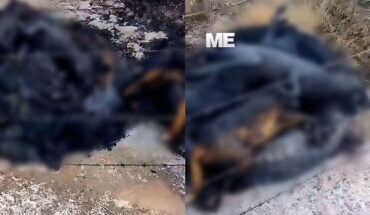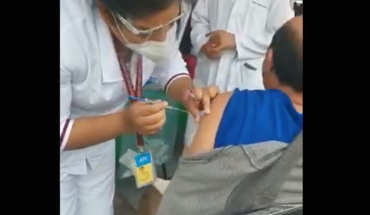“Every time you warm your hands on a coal stove remember the miners in the cold, dark corridors and pray for them.”
Mehmet Murat Ildan
We cannot close our eyes to the dangers of mining. The International Labour Organization (ILO) notes: “Mining remains the most dangerous occupation if we take into account the number of people exposed to risk. Although it only accounts for 1 percent of the global workforce, mining accounts for about 8 percent of fatal accidents at work.”
Mining is and has always been indispensable. All products are made of minerals or require them for their production. Attempts by some activists to ban mining in whole or in part are a reflection of innocence or bad faith. Humanity would suffer a brutal setback, sink into darkness and poverty, if these activists were to succeed.
Mining, however, can be safer. Although there are no reliable international statistics, we know that there has been a significant decrease in deaths from mining accidents. In the first half of the twentieth century, thousands of deaths were recorded annually in the United States, a country that has maintained statistics since 1900. In 1907 the maximum was recorded, 3,242 deaths, but the figure dropped to 2,030 in 1930, 999 in 1948, 12 in 2019 and 5 in 2020. Automation and safety protocols have dramatically reduced the dangerousness of mining.
In Mexico we do not have historical statistics, but the great attention paid to the flooding of the El Pinabete mine in Sabinas, Coahuila, where 10 miners have been trapped, is indicative that these accidents are already rare. The biggest tragedy in recent years was that of Pasta de Conchos in 2006, also in Coahuila, which cost the lives of 65 miners. Since then, accidents have been recorded in El Pocito, 2011, with 14 workers killed; and mineral La Florida, with seven, in 2012 (sinembargo.mx).
The country with the most miners’ deaths is China, with 7.29 deaths per million tons of coal produced against 0.47 in India, 0.23 in Poland and 0.04 in the United States.” There are almost the same number of deaths in one day in China (16) as in the United States in a year (22). Chinese authorities recognize more than 2,000 deaths from coal mining a year against less than 50 in the United States,” according to the factsanddetails.com portal. But even China is making progress. The official Xinhua agency reported in January 2021 that in 2020 there had been 434 mine accidents, 19 percent less than the previous year, and 573 deaths, a drop of 22 percent.
In Mexico, we cannot simply shut down mining. This represented 3.06 percent of the economy in 2021 (INEGI) and generated 399,366 direct jobs (IMSS) with wages 36 percent above the national average (Camimex). We can, however, demand greater security. The Ministry of Labour is responsible for verifying the conditions of the mines. Although in 2006 the company had a large amount of information about Pasta de Conchos, owned by Grupo México, in today’s case there is only one press release from the STPS of August 3 that states: “This mine began operations in January of this year and to date there is no history of complaints for any type of anomaly.” I understand that the miners must first be rescued and then disclaim responsibilities, but the statement, which does not mention the name of the mine or its owner, seems more concerned with protecting someone than offering information. Bottomless
In 2013, a special tax was established, in addition to the existing ones, which made Mexico one of the countries with the highest tax rate on mining. The money from the Mining Fund would be used for the development of the communities neighboring the mines, but the government of the 4T preferred to take it to its works.
Mine Hazards
August 8, 2022 |





